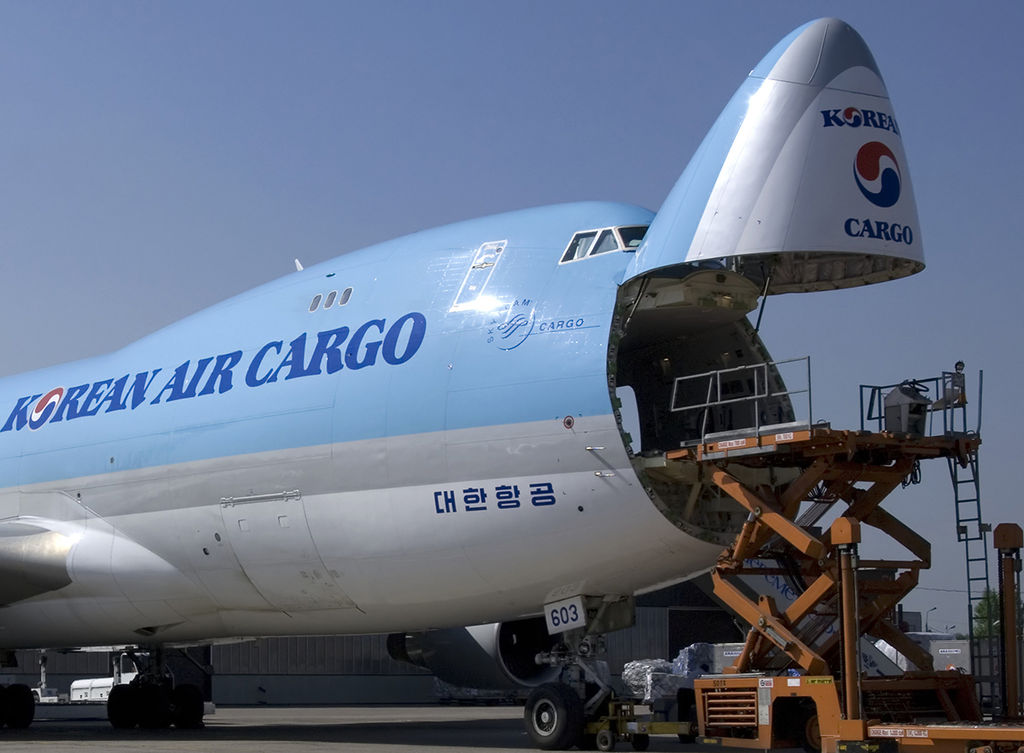Cargo weakness continues to dog Asia-Pacific airlines
28 April, 2019
3 min read


Passenger traffic at Asia-Pacific airlines continued to grow in March but cargo traffic contracted for the fifth consecutive month due to continued weakness in global trade.
Preliminary traffic figures released by the Association of Asia Pacific Airlines (AAPA) showed the region's airlines carried an aggregate total of 31.7 million international passengers in March.
This was up a relatively modest 3.4 percent on March last year, when airlines were enjoying double-digit growth.
In the measure preferred by airlines, revenue passenger kilometres (RPKs), demand grew by 2.4 percent while available seat capacity expanded by 4.2 percent.
This led to a 1.4 percentage point decline in the average international passenger load factor to 80.0 percent for the month.
READ: Wheeling in the future of aerospace.
Air cargo demand as measured in freight tonne kilometres (FTK) fell by 3.2 percent in March compared to the same month last year.
AAPA attributed this to the ongoing weakness in demand for intermediate goods and corresponding fall in new business orders affecting air cargo shipments.
Offered freight capacity increased by 1.1 percent, resulting in a 2.8 percentage point decline in the average international freight load factor to 62.4 percent for the month.
Passengers growth in the first quarter were closer to the long-term trend, up 5.3 percent to a combined total of 93 million.
“Intra-regional and inter-regional markets remained relatively robust, supported by continued growth in both business and leisure travel markets," said AAPA director general Andrew Herdman.
"On the other hand, air cargo demand fell by 5.6 percent during the same period, reflecting cautious market sentiment linked to unresolved trade tensions, particularly between the United States and China."
Herdman said the prospects for air travel markets in the region remained positive on expectations of continued moderate growth in the global economy.
He predicted that the ongoing shift towards using air cargo for e-commerce shipments of consumer goods “should provide some level of support to air cargo demand, although prevailing conditions remain weak".
"Having faced increasing headwinds to operating conditions, many of the region's carriers saw a deterioration in earnings performance last year,’’ he said.
“ Higher fuel and labor costs led to a squeeze in margins, despite continued growth in demand and some improvements to airline yields.
“Overall, Asia-Pacific carriers continue to respond to an intensely competitive marketplace, actively implementing strategic initiatives and pursuing avenues for growth to sustain profitability."
Get the latest news and updates straight to your inbox
No spam, no hassle, no fuss, just airline news direct to you.
By joining our newsletter, you agree to our Privacy Policy
Find us on social media
Comments
No comments yet, be the first to write one.

